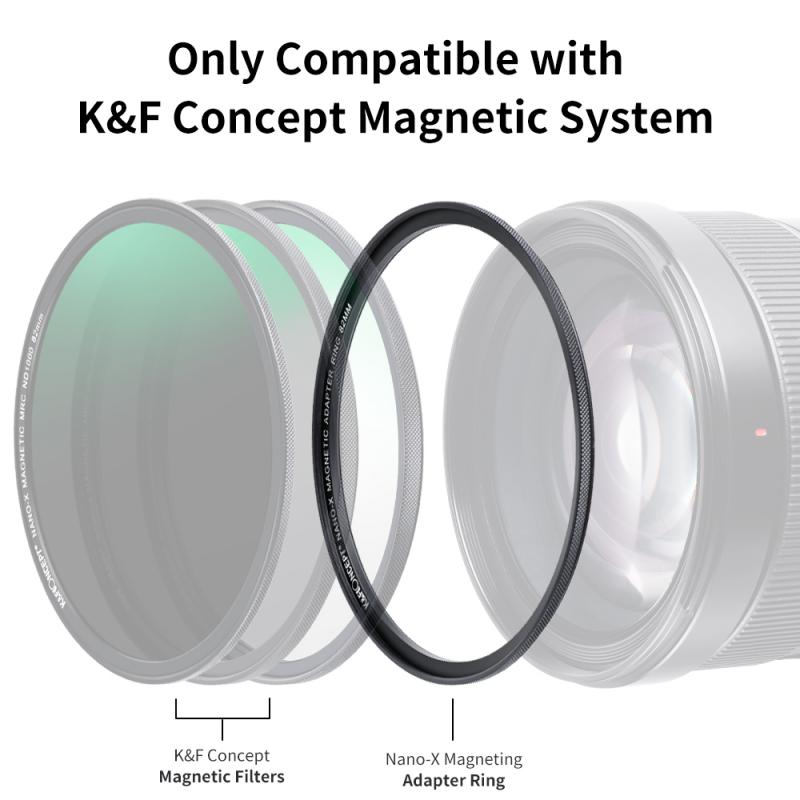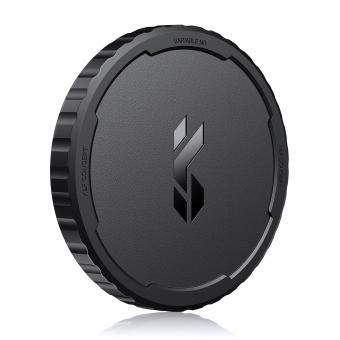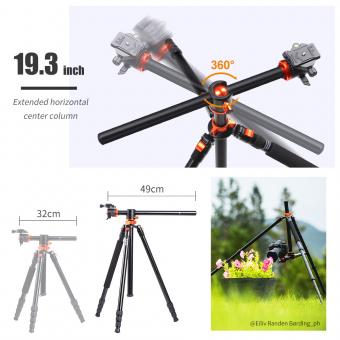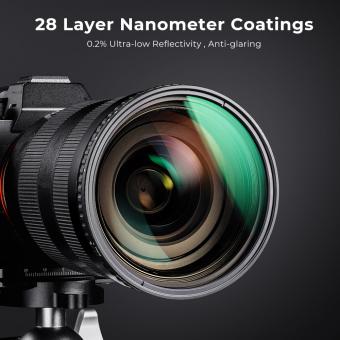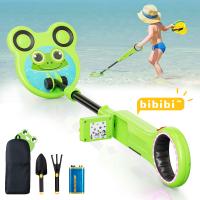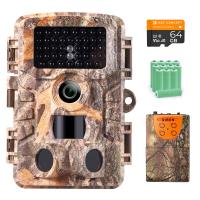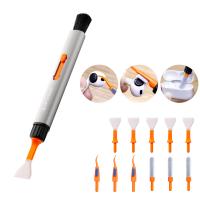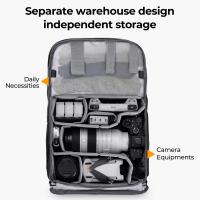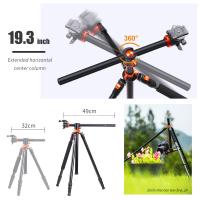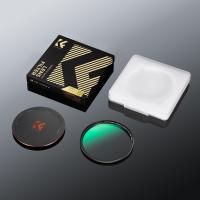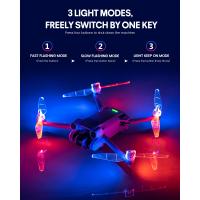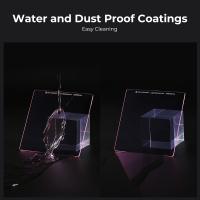What Nd Filters To Buy ?
When choosing ND filters, it is important to consider factors such as the filter density, filter size, and filter type. The density of the filter determines the amount of light it blocks, so you may want to consider different densities based on your specific needs. Filter size should match the diameter of your camera lens to ensure compatibility. Additionally, there are different types of ND filters, such as screw-on filters or square filters with a filter holder system, so you may want to choose based on your preferred method of attachment. It is also worth considering the quality and brand reputation of the filters before making a purchase. Ultimately, the best ND filters for you will depend on your specific photography needs and budget.
1、 Types of ND filters and their uses in photography.
Types of ND filters and their uses in photography
ND filters, or Neutral Density filters, are essential tools for photographers looking to control the amount of light entering their camera lens. These filters are particularly useful in situations where the available light is too bright, such as when shooting in bright sunlight or capturing long exposure shots. ND filters work by reducing the amount of light that reaches the camera's sensor, allowing photographers to achieve desired effects that would otherwise be difficult or impossible to achieve.
There are several types of ND filters available on the market, each with its own specific uses and characteristics. The most common types include:
1. Solid ND filters: These filters have a consistent density throughout the entire filter, providing a uniform reduction in light across the image. They are ideal for situations where a consistent reduction in light is required, such as when shooting landscapes or waterfalls.
2. Graduated ND filters: These filters have a gradient density, with one half being darker than the other. They are commonly used in landscape photography to balance the exposure between the bright sky and the darker foreground. Graduated ND filters come in different strengths, allowing photographers to choose the appropriate filter based on the scene's dynamic range.
3. Variable ND filters: These filters offer adjustable density, allowing photographers to control the amount of light reduction by rotating the filter. They are versatile and convenient, as they eliminate the need to carry multiple filters with different densities. However, some variable ND filters may introduce color casts or vignetting, so it's important to choose a high-quality filter.
The latest point of view in ND filters is the introduction of high-quality, multi-coated filters that minimize reflections and flare, ensuring optimal image quality. Additionally, some filters now come with nano-coatings that repel water and oil, making them easier to clean and maintain.
When considering which ND filters to buy, it's important to consider factors such as filter size, filter thread compatibility with your lenses, and the specific photography genres you are interested in. Investing in high-quality filters from reputable brands will ensure better image quality and durability in the long run.
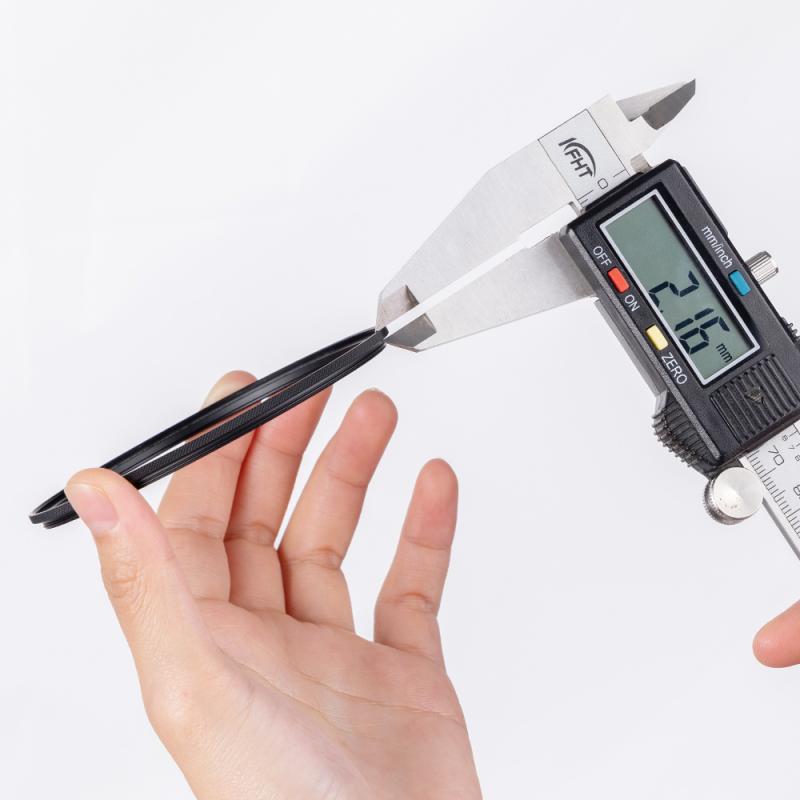
2、 Factors to consider when choosing an ND filter.
Factors to consider when choosing an ND filter include the filter's density, size, and quality. ND filters are designed to reduce the amount of light entering the camera, allowing for longer exposures or wider apertures in bright conditions.
The first factor to consider is the density of the ND filter. ND filters come in different strengths, usually measured in stops. Common options include ND2, ND4, ND8, and ND16, with higher numbers indicating greater light reduction. The choice of density depends on the desired effect and the lighting conditions. For example, a higher density filter like ND16 would be suitable for shooting in bright sunlight, while a lower density filter like ND4 may be sufficient for slightly overcast conditions.
The size of the filter is also important. It should match the diameter of the lens you intend to use it with. Many filters come in standard sizes, but step-up or step-down rings can be used to adapt filters to different lens sizes.
Quality is another crucial factor. Investing in a high-quality ND filter ensures better image quality and reduces the risk of color cast or loss of sharpness. Look for filters made from high-quality materials, such as multi-coated glass, which minimizes reflections and flare.
Additionally, consider the type of ND filter you want. There are screw-on filters that attach directly to the lens, as well as square or rectangular filters that require a filter holder system. Square filters offer more flexibility as they can be easily adjusted and stacked for different effects.
Lastly, it is worth considering the latest advancements in ND filter technology. Some filters now come with variable density, allowing you to adjust the light reduction by rotating the filter. This can be particularly useful in situations where lighting conditions change rapidly.
In conclusion, when choosing an ND filter, consider factors such as density, size, quality, type, and the latest advancements in technology. By carefully considering these factors, you can select the most suitable ND filter for your specific needs and achieve the desired creative effects in your photography.
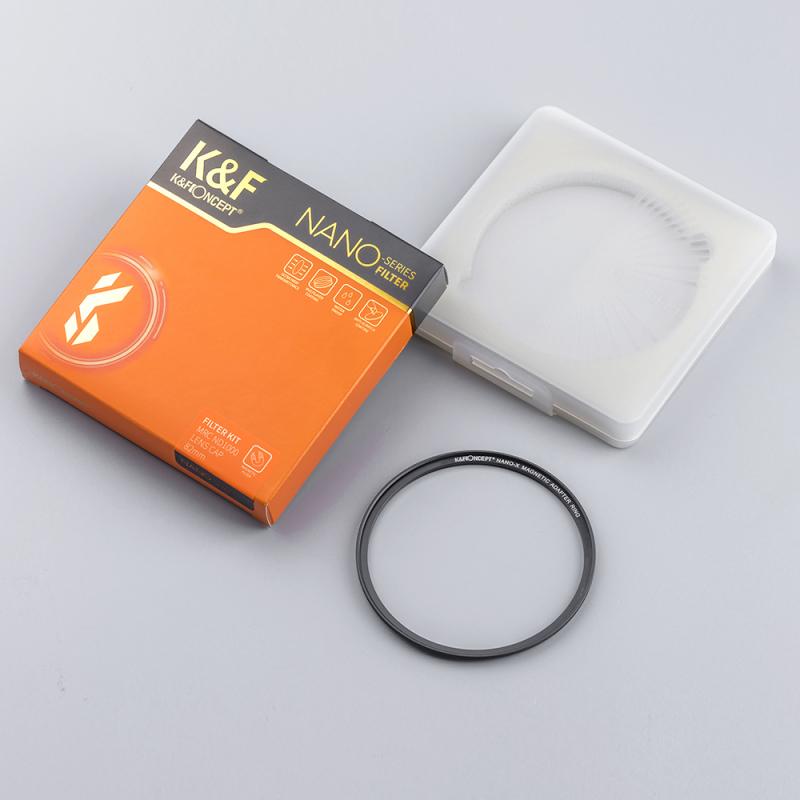
3、 Popular ND filter brands and their product offerings.
Popular ND filter brands and their product offerings vary depending on individual preferences and requirements. However, there are a few well-known brands that consistently receive positive reviews from photographers and videographers.
One popular brand is Lee Filters, known for their high-quality resin and glass ND filters. They offer a wide range of options, including the Big Stopper, which provides a 10-stop reduction in light, and the Little Stopper, which offers a 6-stop reduction. Lee Filters also offers a range of graduated ND filters for balancing exposure in landscape photography.
Another reputable brand is B+W, which is renowned for their high-quality glass ND filters. B+W offers a variety of options, including single-coated and multi-coated filters, as well as different levels of light reduction. Their filters are known for their excellent color neutrality and durability.
Hoya is another popular brand that offers a range of ND filters. They have options for both photography and videography, including variable ND filters that allow for adjustable light reduction. Hoya filters are known for their affordability and decent performance.
Other notable brands include Tiffen, Singh-Ray, and Formatt-Hitech, each offering their own unique range of ND filters with different features and price points.
When deciding which ND filters to buy, it's important to consider factors such as the desired light reduction, filter material (resin or glass), filter size compatibility with your lenses, and budget. Additionally, reading reviews and seeking recommendations from fellow photographers can provide valuable insights into the performance and reliability of different brands and their specific products.
It's worth noting that the latest point of view may change over time as new brands and products enter the market, so it's always a good idea to stay updated on the latest reviews and recommendations from trusted sources.

4、 ND filter strengths and their corresponding light reduction levels.
When it comes to buying ND filters, there are a few factors to consider. The first is the filter size, which should match the diameter of your lens. The second is the filter type, such as screw-on filters or square filters with a filter holder system. Finally, you need to decide on the strength of the ND filter.
ND filters come in different strengths, which are measured in stops. The most common strengths are ND2, ND4, ND8, ND16, and ND32. Each strength corresponds to a specific light reduction level. For example, an ND2 filter reduces the amount of light entering the lens by 1 stop, while an ND16 filter reduces it by 4 stops.
The choice of ND filter strength depends on the shooting conditions and the effect you want to achieve. For instance, if you are shooting in bright sunlight and want to use a wide aperture for a shallow depth of field, a stronger ND filter like ND16 or ND32 would be suitable to reduce the amount of light entering the lens. On the other hand, if you are shooting in low light conditions and want to use a slower shutter speed for long exposure photography, a lighter ND filter like ND4 or ND8 would be sufficient.
It's worth noting that some photographers prefer to use variable ND filters, which allow you to adjust the strength by rotating the filter. This can be convenient as it eliminates the need to carry multiple filters with different strengths.
In conclusion, the choice of ND filter strength depends on the shooting conditions and the desired effect. It's always a good idea to have a range of strengths available to adapt to different lighting situations.
